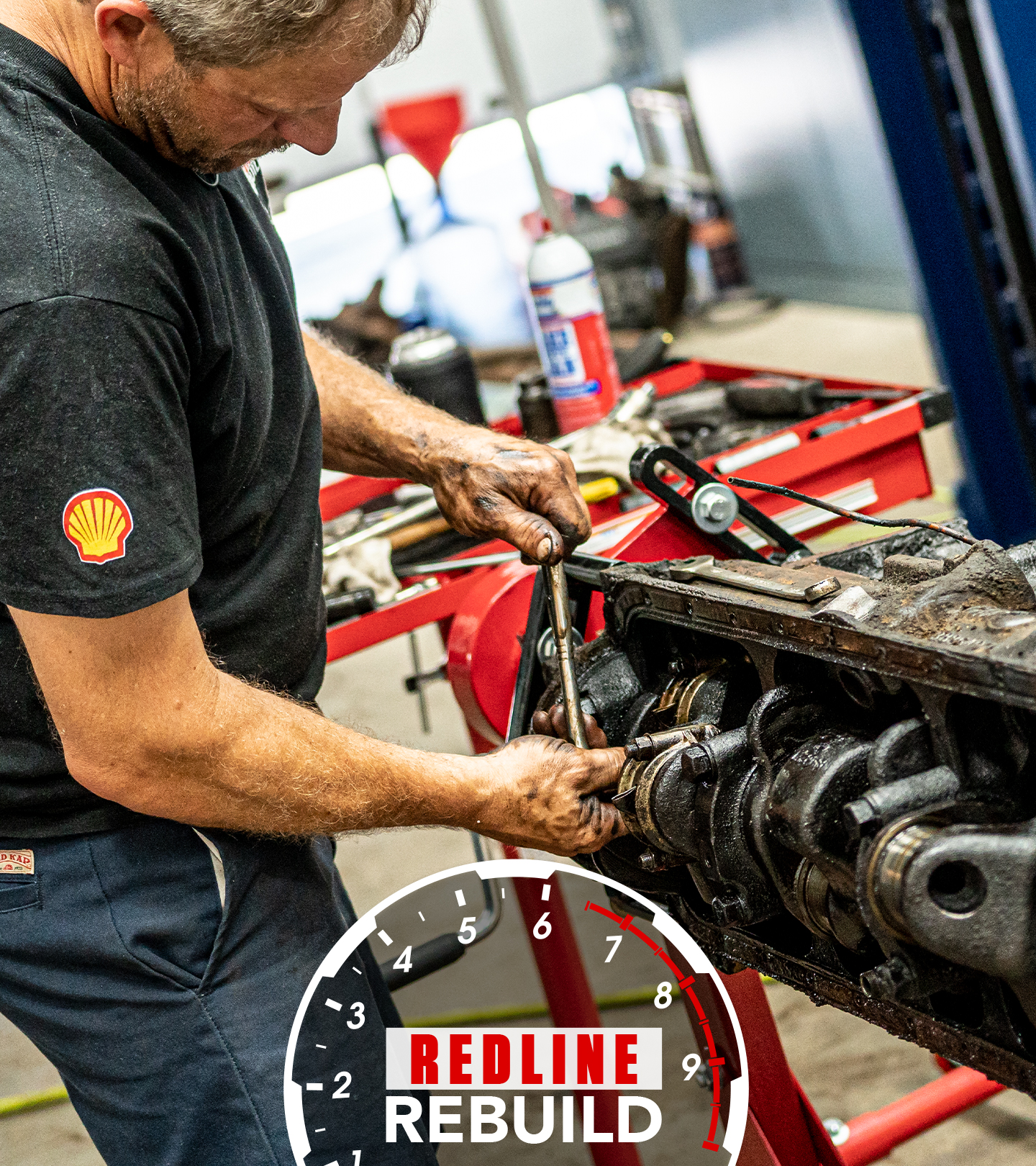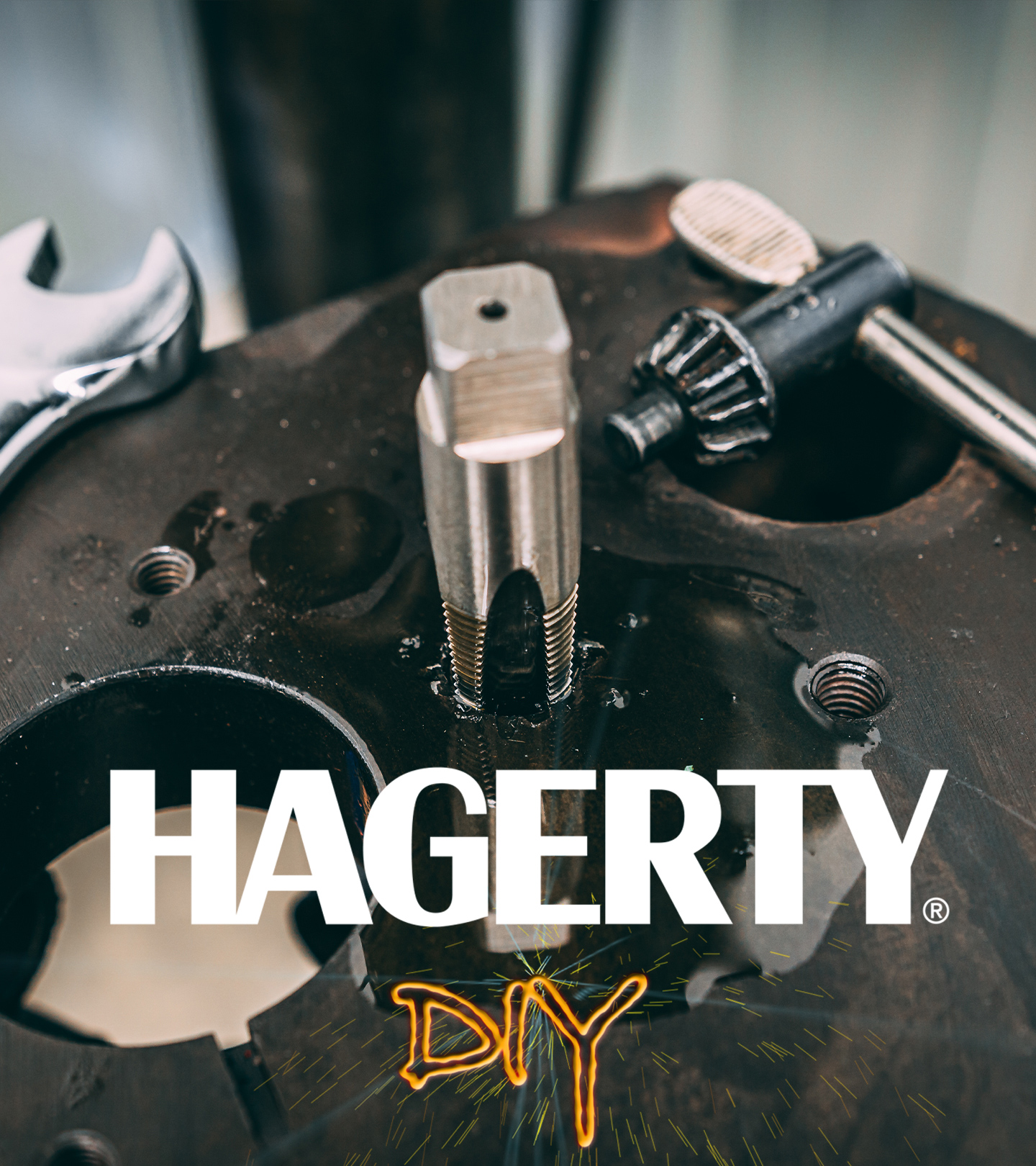This 1965 Chevy El Camino is an autocross underdog - Hagerty Media
In choosing a car for autocross, light, nimble, short-wheelbase cars like Mazda Miatas, BMW M3s, and Porsche Caymans perform well. On the larger end of the spectrum, you’ll find some Chevrolet Corvettes and Camaros at weekend events. You have to look pretty far down that list, however—as in, almost to the bottom—before you find “Chevrolet El Camino.”
For the uninitiated, “autocrossing” is a form of motorsports in which traffic cones are arranged around a large parking lot or airstrip to create a miniature road course. Participants, one at a time, race against the clock to see who can achieve the fastest times through these tight and technical courses.
When Arlo Karikomi first learned about autocross in 2014, though, the car had already chosen him. In his backyard sat a 1965 Chevrolet El Camino that he had owned for nearly two decades but which, by this time, had been sitting unused for several years after a head-on collision.
20190503131002)
20190503130630)
20190503131137)
After making the car roadworthy again, Karikomi took it out to his first autocross event, where it performed exactly how you’d expect a rough, stock 1965 El Camino would. Slow, floppy, and with great strain. Of course, Karikomi also recognized his own inexperience as a performance driver. He and the car needed to grow together.
“As I started racing, I wanted to progress my driving with the car, so every upgrade I did little by little.” Karikomi says. “I wanted to not change too much and not know what I was doing. So, as I got better, the car got better. The car got faster while I got better at driving it.”
So, out came the stock 283-cubic-inch engine. In its place Karikomi installed a 350-cu-in powerplant, which includes an Iskendarian valve train, an Edelbrock air gap intake, and a Holley 600 Double Pumper carburetor. Karikomi’s friends at Cerakote—a ceramic coating firm known for its firearms—pitched in to craft the headers, coated brackets and pulleys, the intake manifold, and the valve covers.
20190503131020)
20190503130609)
The El Camino now had power but, as a driver quickly learns, grunt does little good without a proper suspension and brake setup to steer and stop. With this in mind, Karikomi dove under the car to install a full Hotchkis suspension setup, Corvette Z06 brakes, and a Turn One power steering system.
All the while, Karikomi was honing his skills as a driver. He learned early on not to compete against the lap times of the fastest competitors. After all, they were usually more experienced and came with better-prepared cars than he could hope to muster. Instead, Karikomi learned to compete against himself, always striving to be incrementally better than he had been on his previous run. He learned that “slow and smooth equals fast,” and as he slowly dialed in the El Camino to suit his needs, he crept up the leaderboard.
“The greatest compliment I get about the car,” Karikomi says, “is when I show up to a Porsche Club event and they say, ‘You’re actually racing this thing?’ When I say that I am, they’re always like, ‘Yeah, right on!’
20190503130652)
20190503131125)
20190503130703)
“People are just appreciative that something so old, so odd, so unexpected is out there running and handling its own.”
As finely tuned as the El Camino may be underneath, the car retains its rough-and-ready appearance. The car is currently covered in yellow primer, and while Karikomi knows that he’ll need to paint it eventually, if only to deal with the rust spots, he’s reluctant to do so. The car’s sleeper appearance is by now part of its personality.
For now, Karikomi is focusing on making the El Camino—and himself as a driver—more competitive. That he’s doing so in such an unexpected, but highly personal, vehicle? That’s a victory in itself.
20190503130926)










